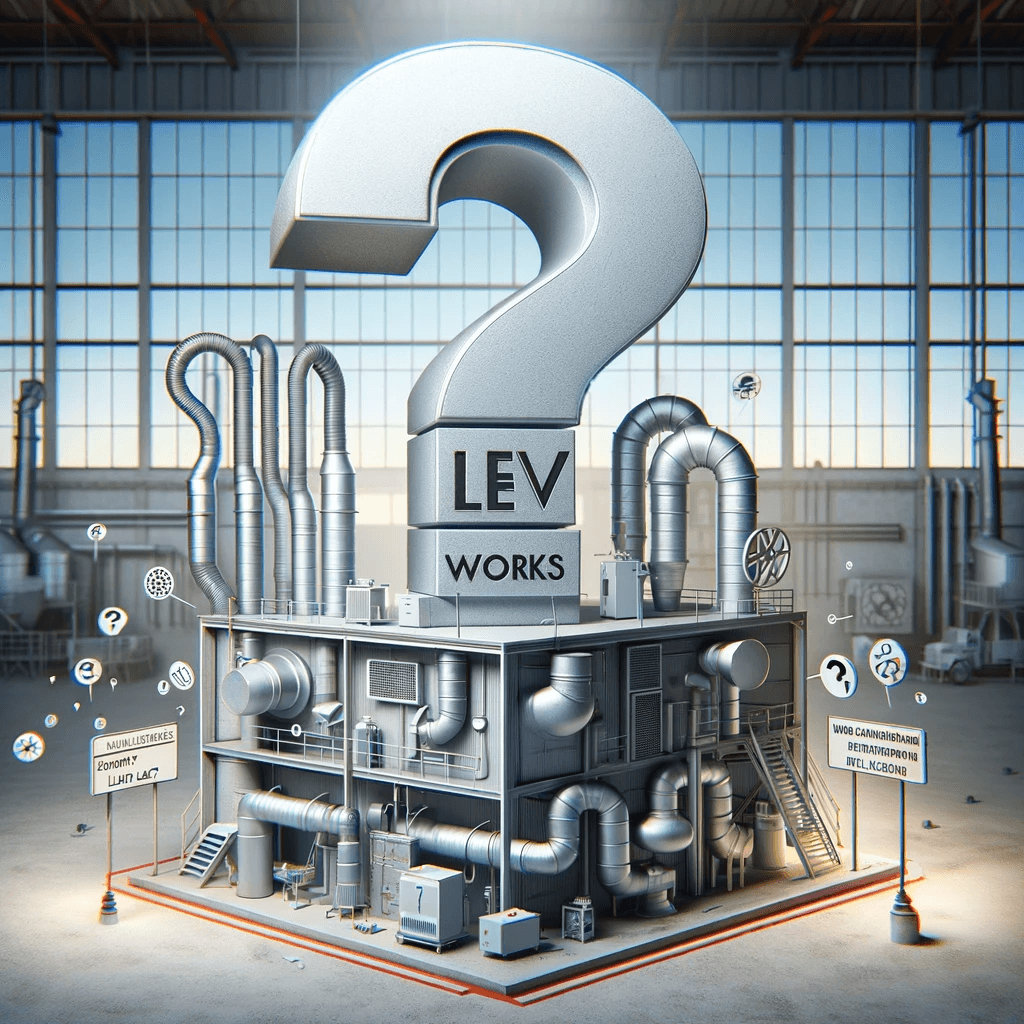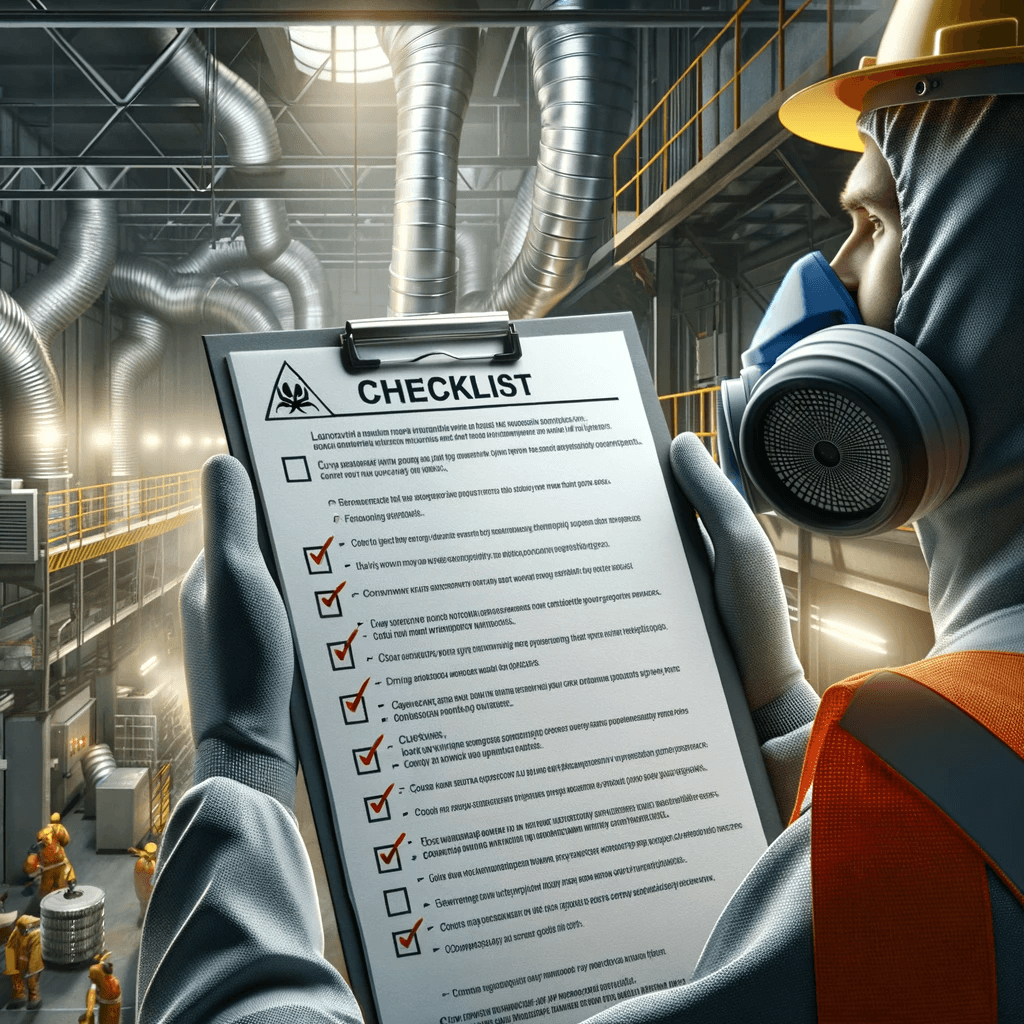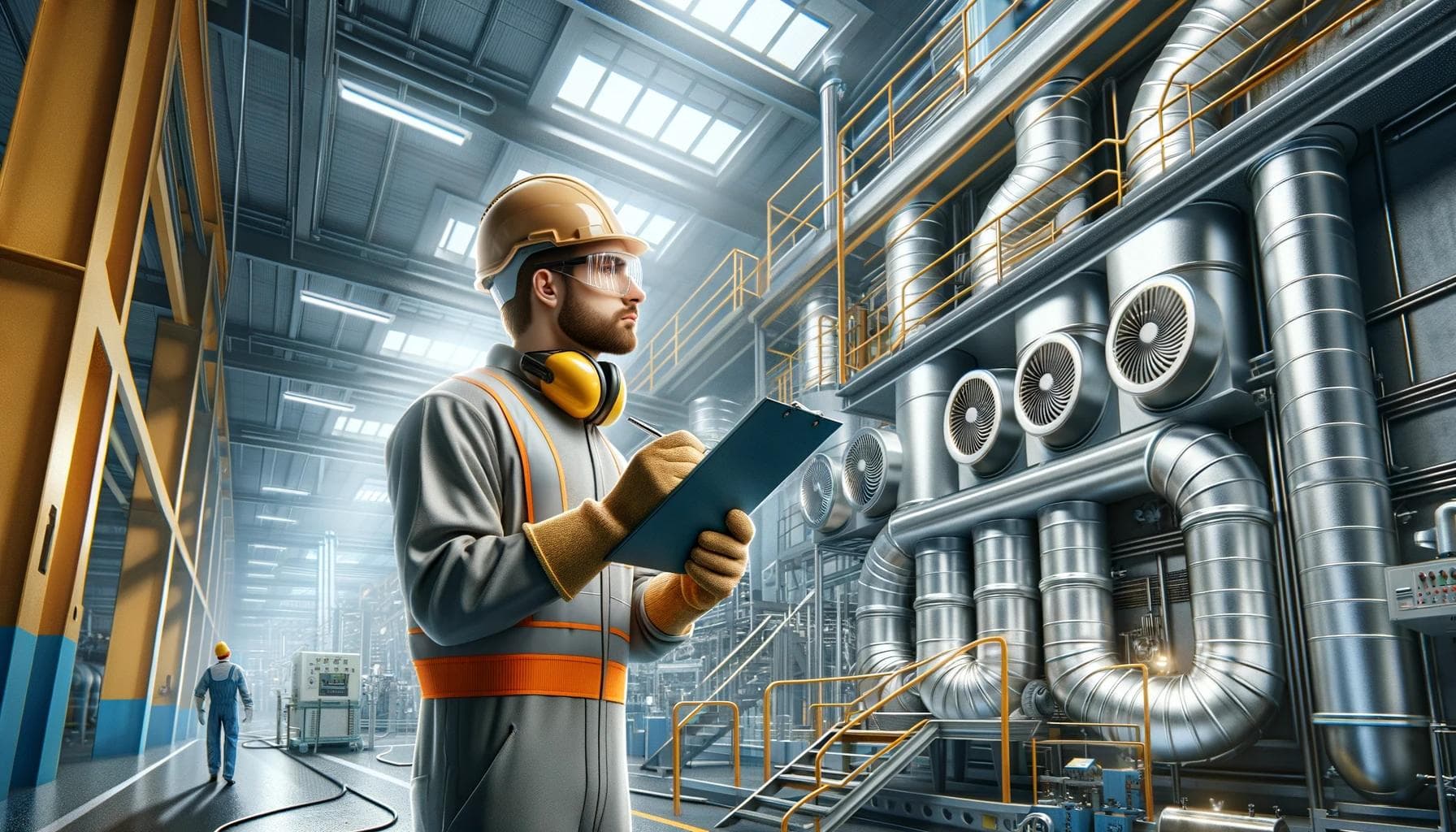
How Local Exhaust Ventilation Works
Effective industrial ventilation is a critical component of any workplace that involves hazardous substances such as fumes, dust, and vapours. Local Exhaust Ventilation (LEV) systems are specifically designed to protect employees from these airborne contaminants by capturing them at their source before they have a chance to spread into the work environment. In this article, we will delve into the mechanics behind how local exhaust ventilation works and why it is essential for maintaining a safe and healthy workspace.
The Fundamentals of Local Exhaust Ventilation
Local Exhaust Ventilation systems are engineering controls that remove harmful airborne contaminants directly from their point of generation. The core functionality of LEV relies on a few key components: the hood, ducting, air cleaner, fan, and exhaust stack. Together, these elements form a complex yet effective system designed to reduce exposure to hazardous substances within industrial settings.
The Hood: The First Line of Defence
The process begins at the hood, the component of the LEV system specifically positioned to capture emissions. Hoods are strategically designed to enclose the source of contamination or to be placed as close to the emission point as possible. This design ensures that pollutants are contained and drawn into the LEV system efficiently, preventing them from diffusing into the surrounding air.
Ducting: Airborne Pollutants' Pathway
Once contaminants are captured, they are transported through the ducting. The ducting must be appropriately sized and routed to optimise airflow and prevent accumulation of materials within the system. Poorly designed ductwork can lead to decreased effectiveness of the entire system and may even result in increased maintenance requirements or system failure.
Air Cleaner: Filtration and Purification
As the pollutants move through the system, they reach the air cleaner. This component is vital as it removes contaminants from the air stream before the air is either recirculated back into the work area or released to the outside environment. Various types of filters, scrubbers, or electrostatic precipitators are used depending on the nature of the airborne substances being removed.
Fan: The Driving Force
The fan is the driving force in how local exhaust ventilation works. The fan creates airflow that draws the contaminated air into the hood, propels it through the ducting, and pushes it through the air cleaning device. The size and power of the fan are critical considerations, as it must generate adequate suction for contaminant capture and overcome resistance from the system's filters and ductwork.
Exhaust Stack: Venting Out Clean Air
Finally, we reach the exhaust stack, where the purified air is vented out of the LEV system. The location and height of the exhaust stack are important to ensure that the cleaned air is discharged safely, minimising the risk of re-entrainment into the building's intake systems or affecting the surrounding outdoor environment.
The Importance of Design and Maintenance
Understanding how local exhaust ventilation works highlights the importance of meticulous design and proactive maintenance. Each LEV system must be tailored to the specific processes and contaminants present in a facility. Regular system inspections, testing, and maintenance are crucial to ensure effectiveness over the long term. This involves checking airflow rates, inspecting filters, and ensuring the ducts remain unobstructed.
Compliance and Legislation
In the UK, employers have a legal obligation to provide adequate control of employees' exposure to harmful substances. The Control of Substances Hazardous to Health (COSHH) regulations require the installation of appropriate LEV systems where necessary and its regular examination and testing. Recognised standards and guidance, such as HSE’s HSG258, provide details on how LEV systems should be designed, operated, and maintained.
Why Choose WBT Services Ltd?
As a leading industrial systems and solutions provider operating across the UK, WBT Services Ltd WBT Services Ltd understands the intricacies involved in how local exhaust ventilation works. With a proven track record in delivering bespoke ventilation solutions tailored to specific industrial needs, WBT Services can ensure LEV systems remain compliant with COSHH regulations and provide a healthier working environment.
Conclusion
The efficiency of a Local Exhaust Ventilation system is crucial for the safety of employees in various industrial settings. Understanding how local exhaust ventilation works is the first step in recognizing the complexity of designing, installing, and maintaining these systems. A partnership with a knowledgeable provider like WBT Services Ltd ensures that your LEV system will be handled with the utmost professionalism and expertise, safeguarding your workforce and assuring compliance with health and safety regulations. Through such diligent efforts and understanding of the operative mechanics of LEV systems, workplaces can achieve an environment that not only meets legal standards but also promotes the wellbeing of all employees.


